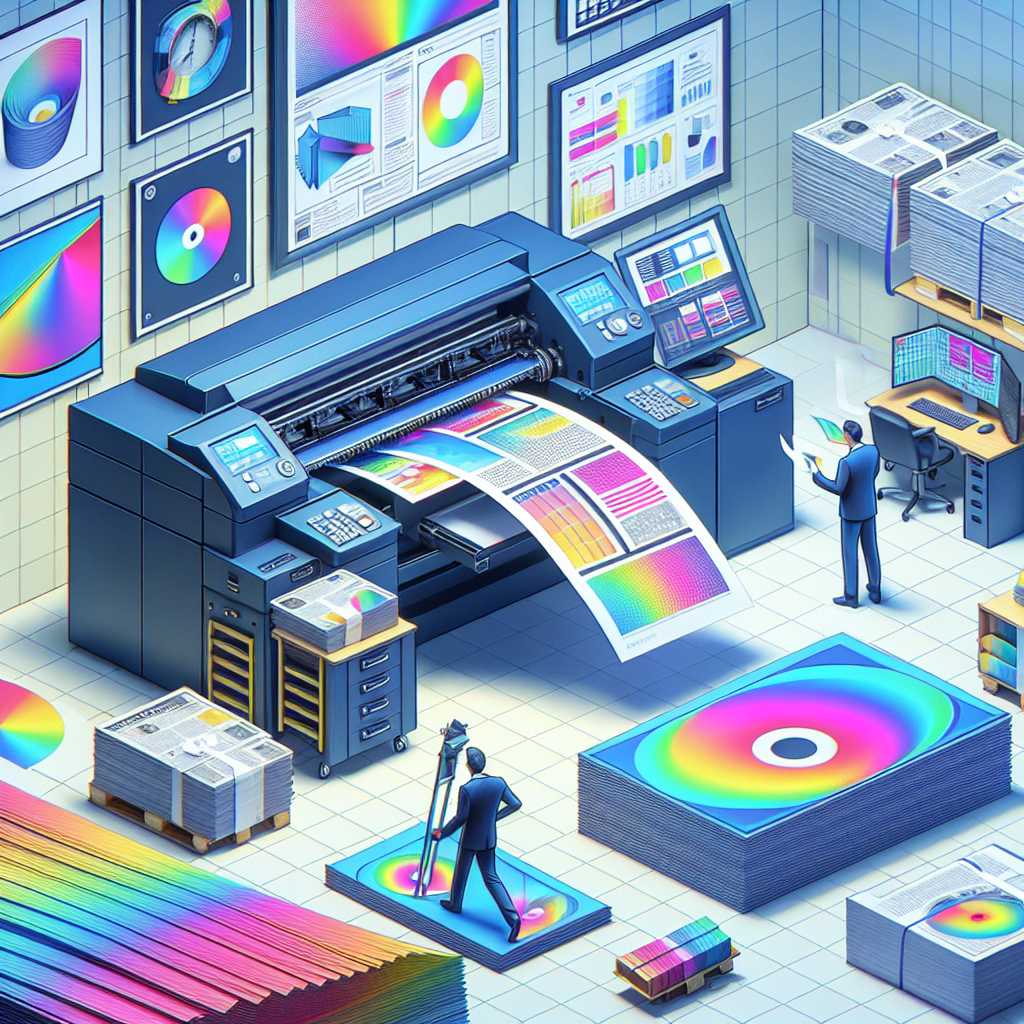
Last updated on January 10th, 2024 at 12:42 pm
If you are in the business of printing, you know how important it is to maintain print quality, especially when it comes to high-volume orders. Your customers rely on you to deliver both quality and quantity, and any mishaps or inconsistencies in the print can lead to unhappy clients and potentially damage your reputation. So, what are the best practices for maintaining print quality in high-volume orders? In this article, we will discuss some tips and strategies to help you ensure that your print quality remains top-notch, even when dealing with large volumes of orders.
The Importance of Print Quality
Before delving into best practices, let’s first understand why print quality is crucial. In today’s digital age, print materials can often be overlooked, but they still hold significant value in marketing and business. A well-designed and printed flyer, brochure, or business card can make a lasting impression on potential customers. It reflects the professionalism and credibility of your business and can act as a tangible representation of your brand. This is why maintaining print quality is essential for any printing business.
Best Practices for Maintaining Print Quality
The quality of your prints largely depends on the equipment and materials used. Investing in high-quality printers, inks, and paper can make a significant difference in the final product. While it may be tempting to cut costs and opt for cheaper options, this may cost you more in the long run through reprinting and dissatisfied customers.
Maintain and Calibrate Your Equipment Regularly
Regular maintenance and calibration of your equipment are essential to ensure optimal print quality. This includes cleaning, adjusting print heads, and checking for clogs or dust buildup. Calibration involves adjusting the colours and alignment to ensure consistency in your prints. Set a maintenance schedule and follow it diligently to prevent any issues with your equipment that may affect print quality.
Use High-Resolution Images
In today’s high-tech world, images are a crucial aspect of print materials. Using low-resolution or poor-quality images can significantly impact the final print quality. Always ensure that the images used in your designs are of high resolution to avoid any pixelation or blurriness.
Check and Adjust Colors
Colors play a vital role in the overall look and feel of a print. Make sure to check and adjust the colors in your designs before printing. This is especially important when dealing with high-volume orders to ensure consistency throughout the print run. Use color profiles and perform color checks regularly to maintain accuracy.
Perform Test Prints
Before printing the entire order, it is a good idea to perform test prints. This allows you to check for any errors or issues affecting print quality and adjust accordingly. It also allows you to see how the colors appear on the chosen paper and make any necessary changes.
Frequently Asked Questions
Q: How do I know if my equipment needs maintenance or calibration?
A: Look out for any changes in print quality, such as streaks, ink smudges, or fading colors. Also, if you notice any error messages or issues with the printer, it may be a sign that maintenance is required.
Q: Can I use regular paper for high-volume orders?
A: While regular paper may work for small print runs, it is recommended to use a higher-quality paper for larger orders. This will ensure a more professional look and durability.
Q: How often should I calibrate my printer?
A: It is recommended to calibrate your printer at least once a week to maintain consistent color and alignment.
In Conclusion
Maintaining print quality in high-volume orders requires a combination of high-quality equipment, materials, and careful attention to detail. By implementing the best practices mentioned above, you can ensure that your prints are of the highest quality, leaving your customers satisfied and coming back for more.
